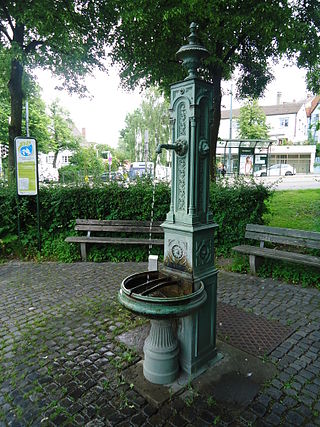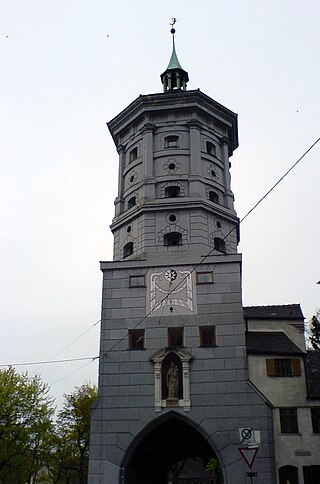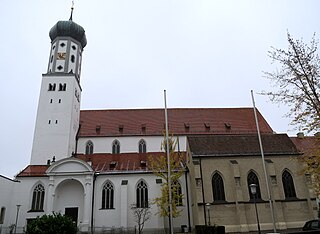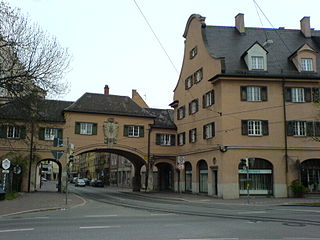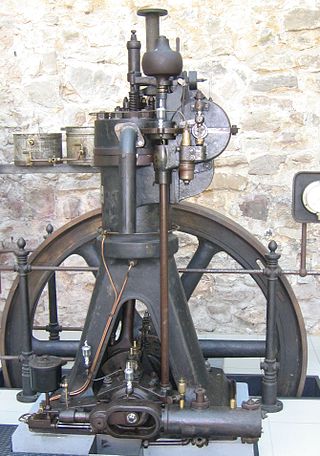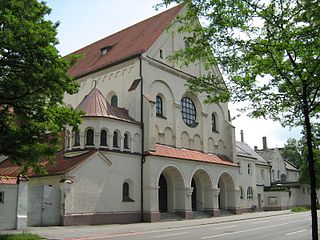Self-guided Sightseeing Tour #8 in Augsburg, Germany
Legend
Guided Free Walking Tours
Book free guided walking tours in Augsburg.
Guided Sightseeing Tours
Book guided sightseeing tours and activities in Augsburg.
Tour Facts
1.7 km
24 m
Experience Augsburg in Germany in a whole new way with our free self-guided sightseeing tour. This site not only offers you practical information and insider tips, but also a rich variety of activities and sights you shouldn't miss. Whether you love art and culture, want to explore historical sites or simply want to experience the vibrant atmosphere of a lively city - you'll find everything you need for your personal adventure here.
Activities in AugsburgIndividual Sights in AugsburgSight 1: Trinkbrunnen Senkelbach
The fountain on Bourges-Platz in Augsburg was built around 1900 and is registered as an architectural monument in the Bavarian List of Monuments. It is one of the last public drinking water fountains in the city area from this time. Once upon a time, these cast-iron fountains were represented in large numbers in Augsburg.
Sight 2: Wertachbrucker Tor
The Wertachbruck Gate is located on the edge of Augsburg's old town and used to be part of the medieval city wall as a passageway. Today, it serves primarily as a representative building for the carpenters' guild and as an event venue.
Sight 3: St. Georg
The Roman Catholic parish church of St. George was built from 1490 to 1505 as a three-aisled basilica and is considered one of the last late Gothic basilicas in Swabia. Until 1802, the church served as the collegiate church of the Augustinian monastery of St. George, which was dissolved as a result of secularization. Today, St. Georg forms a parish community with St. Maximilian and St. Simpert. As an architectural monument, the church is registered in the Bavarian List of Monuments under the number D-7-61-000-312.
Sight 4: Fischertor
The Fischertor is a city gate of the former ring wall of Augsburg and is located in the northwest of the old town. Today it connects Frauentorstraße with Thommstraße.
Sight 5: MAN-Museum
The MAN Museum is a technology and transport museum in Augsburg and is supported and maintained by MAN SE, MAN Diesel & Turbo SE and manroland AG. His 1,800 m² exhibition is primarily dedicated to the history and technical developments of the group of companies, which originated here in 1840.
Sight 6: St. Sebastian
Until 2008, the monastery of St. Sebastian was a Capuchin monastery in Augsburg-Oberhausen, on the right side of the Wertach. It is surrounded on three sides by the factory premises of the mechanical engineering company MAN, and on the fourth side it borders Sebastianstraße.
Share
How likely are you to recommend us?
Disclaimer Please be aware of your surroundings and do not enter private property. We are not liable for any damages that occur during the tours.
GPX-Download For navigation apps and GPS devices you can download the tour as a GPX file.
